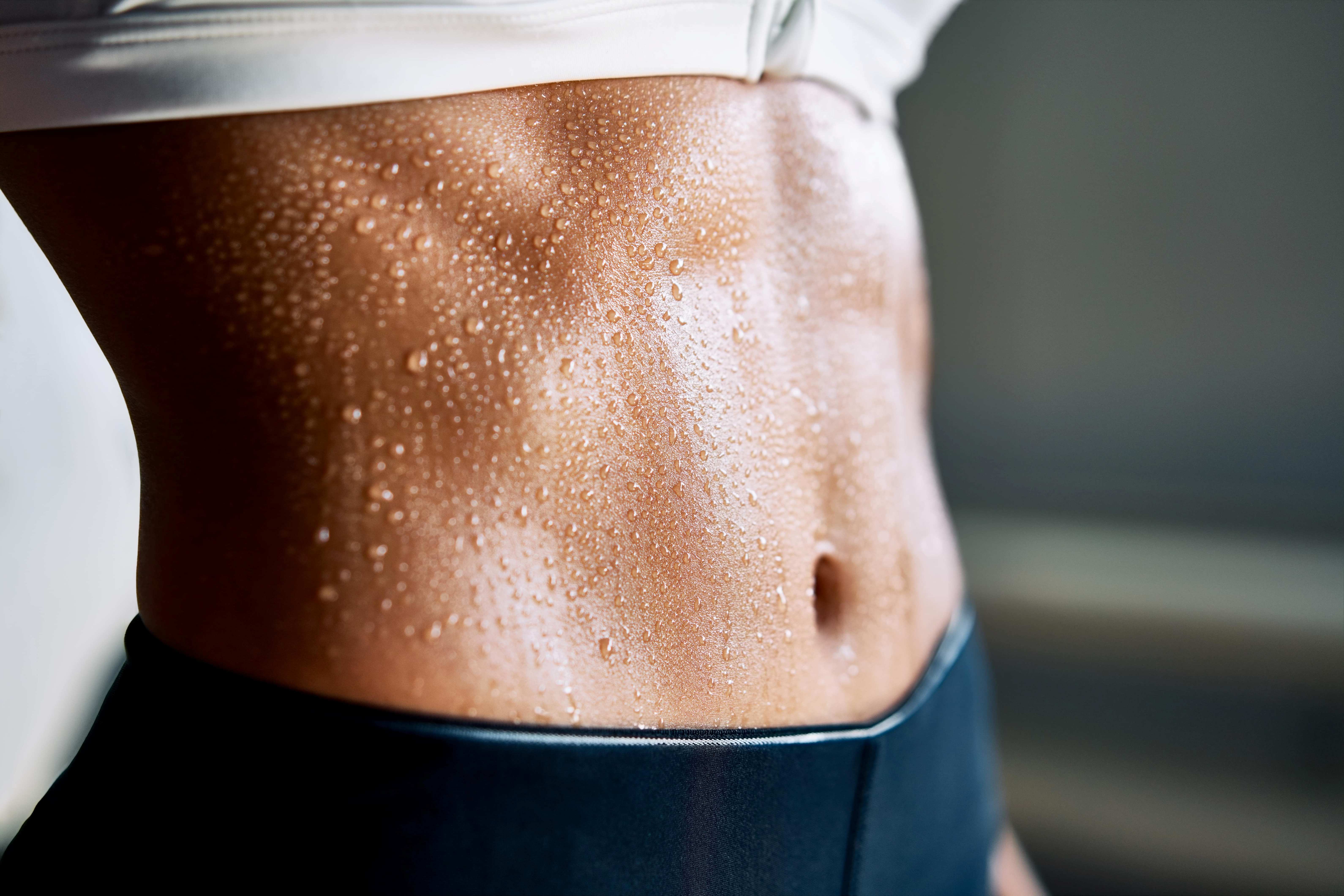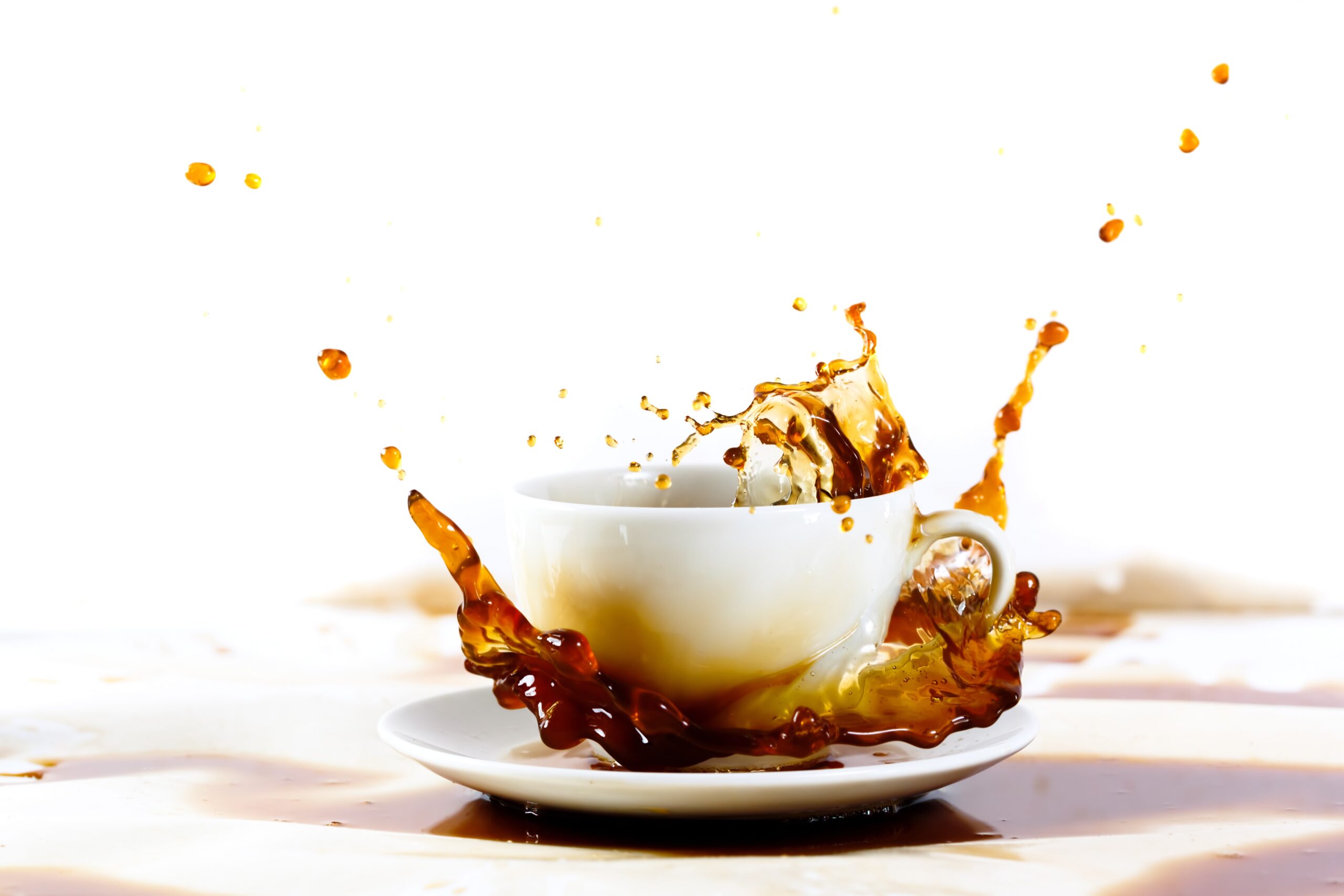When I trained in Japan, it was the middle of summer, and we were served hot green tea in the middle of the lesson and at the end of the two-hour class. Surprisingly, and against everything we thought we knew, having the hot green tea cooled us off.
The Sweating Factor
One of the mechanisms to cool down the body is sweating. As the sweat evaporates off of our skin, it reduces our body temperature, making us feel cooler.
When you drink hot tea, it increases your internal body temperature for a short time and increases perspiration. The increased temperature doesn’t come from the tea itself, but sensory receptors in our mouths and skin that registers the tea as hot. So, when we feel something is warm and we know we’re taking it into our body, our body responds by increasing perspiration.
The additional cooling factor from that sweat makes you feel cooler. Of course, for that to work, you actually have to evaporate the sweat from your skin. If you're wiping off your sweat, you lose the benefit of drinking the hot tea and the sweating. Or, if it's incredibly humid, similar to what I experienced in Japan, you don't get as much of a benefit.
Additionally Hydrating
Drinking hot tea is no more beneficial than drinking cold beverages except in one way. Although both hydrate you, one is absorbed quicker than the other.
When you drink a cold beverage, it causes the flesh and mucous membranes within your digestive system to bunch up and slow absorption. This can delay getting needed hydration into your body.
On the other hand, when you drink hot tea, the mucous membranes in the flesh of your digestive system are more relaxed and open and can absorb the fluid into your body faster.
This is not a significant difference for most people. The vast majority of the fluid that we consume is absorbed in the large intestine. By the time the drink reaches the large intestine, it reached body temperature. So whether you start hot or cold, it doesn't matter.
The only time it does make a big difference is when you're sweating profusely and slightly dehydrated. Other parts of our digestive system can absorb water when necessary. In a somewhat dehydrated condition, like when we’re training, this can make a huge difference.
Caffeine Rush
Green tea does not contain a lot of bioavailable caffeine. On average, a cup of tea provides approximately 10 to 15 milligrams of caffeine. For most people, you’re not going to feel the effects.
But, your metabolism does. The little rush of caffeine helps increase your metabolism ever-so-slightly.
This helps open up your blood vessels in your extremities and increases the surface area to which the blood is exposed to the outside and cool off.
We don't want you to think a cup of coffee is going to give you the same effect, however. Once you reach past approximately 30 to 50 grams of caffeine, or the equivalent of one cup of coffee, the increased metabolism produces more heat within the core of the body, making you feel warmer.
Healing Benefits
Green tea contains a lot of antioxidants, especially EGCG. During training sessions, your body undergoes a lot of stress and damage. Between being punched, muscles pulled, strained, and worked out, and the cardiovascular stimulation, the body takes quite a beating.
Oxidation and free radicals generate during this damage and are much more prevalent when the body is stressed. Antioxidants reduce the destruction of free radicals.
Additionally, EGCG is known for helping protect neural fibers in the brain and stimulating memory formation. So, what you learn sticks with you a little bit better.
How To Drink Hot Green Tea During Your Training Sessions
First, you need a good quality green tea. Choose a loose-leaf variety from a quality company. On average, a good cup of green tea will cost you approximately $1. You will not get good quality out of tea bags or something you buy in the grocery store. We’ll go over how to choose a good quality tea in another article.
Second, green tea requires a lower temperature and a shorter brew time. Do not exceed 180oF for your water temperature and only steep your tea 2 to 3 minutes.
Third, steep often. Most green tea can be steep several times so that you can have your first cup of tea as the first extraction, your second cup of tea as the second extraction, and a final third cup of tea with a single set of leaves.
That means during your training session, you can drink the first hot cup of green tea immediately after the first steep. As you're drinking your first cup, have your second cup steeping. Set that aside for halfway through your training session. Then, after the second cup has steeped, place the tea leaves in the final cup of water and leave until the end of your training session.
Now, you have three cups of green tea, which the body will register as hot, and you get all the delicious benefits and tremendous antioxidant quality. It can enhance your training experience and be beneficial to your body.
I promise your first “hot green tea” after a “hot” exhausting training session will be a life changing experience.


